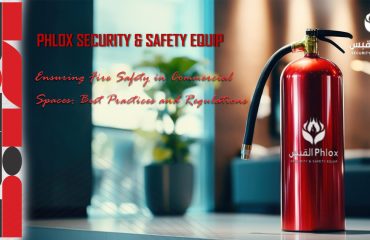
Fire Safety Plans in Schools: A Critical Strategy for Student and Staff Protection
Fire safety plans in schools are not just a regulatory requirement—they are essential for protecting students, staff, and visitors. Implementing effective fire safety measures can significantly reduce the risk of injury and ensure a safe, prepared environment in case of an emergency. This blog explores why fire safety plans are crucial in schools, highlighting key components, and offering practical tips to optimize fire safety protocols.
Why Fire Safety Plans Are Important in Schools
In educational settings, the safety of students is a top priority. Fire emergencies can occur unexpectedly, making it vital for schools to have a well-organized fire safety plan. These plans help schools respond swiftly, evacuate students safely, and prevent property damage.
Having a solid fire safety strategy in place can also help schools comply with fire safety regulations and avoid penalties. A proactive approach to fire safety reduces risks and increases preparedness, ensuring everyone knows what to do in an emergency.
Key Components of a Safety Plan in Schools
- Evacuation Procedures
A school’s fire safety plan should outline clear and well-marked evacuation routes. All staff members should be trained to direct students to these exits quickly and calmly. Fire escape plans should be posted in every classroom, and evacuation drills should be held regularly. - Fire Drills and Training
Conducting fire drills at least once a semester is vital to ensure that students and staff know the evacuation procedures. Regular fire drills increase confidence and reduce panic during a real emergency. Teachers and staff should also be trained in fire safety techniques, including the use of fire extinguishers. - Fire Prevention Strategies
Preventing fires before they start is just as important as having an emergency plan. Regular inspections of electrical systems, fire alarms, and sprinkler systems are necessary. A fire safety education program can help students understand the importance of preventing fires and how to stay safe. - Clear Communication Channels
During a fire emergency, timely communication is key. Schools should have a communication system to alert local authorities, parents, and emergency responders immediately. Ensuring that everyone is informed can help minimize confusion and panic.
Conclusion: Prioritize Fire Safety in Schools
Fire safety plans are essential to ensuring that schools remain safe environments for students and staff. By having well-defined evacuation procedures, conducting regular fire drills, implementing fire prevention strategies, and maintaining clear communication channels, schools can significantly reduce the risks associated with fire emergencies. Prioritizing fire safety is not just about meeting regulatory requirements—it’s about ensuring the well-being of everyone in the school community.
By optimizing fire safety protocols, schools can provide a safer and more secure learning environment, allowing students and staff to focus on what matters most—education.


